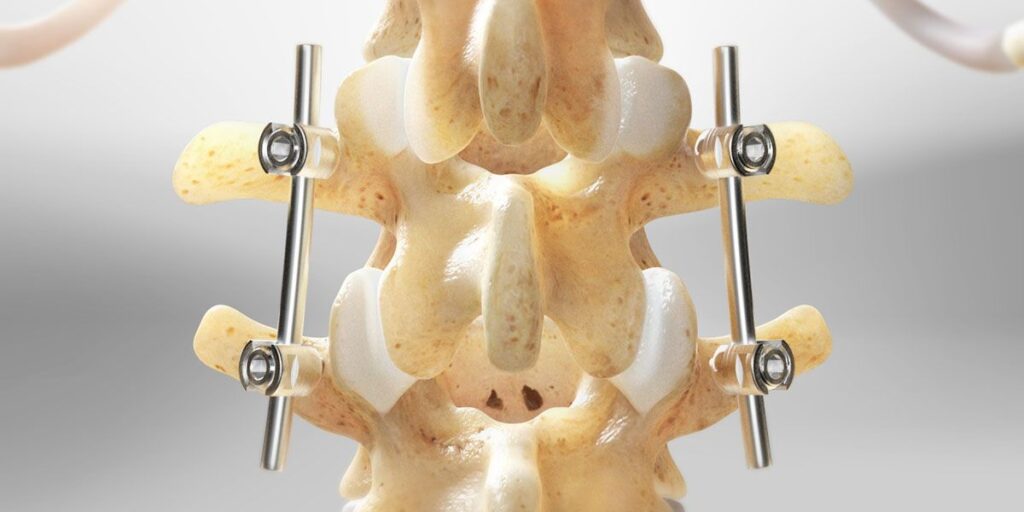
The recent introduction of 3-D-printed and patient-matched pedicle screw guides has modernized spine surgery planning and procedures. The process for this patient-matched approach provides for an efficient and effective technique that reduces radiation exposure and can save hospitals and health systems on expenditures for capital purchases, such as navigation systems or CT-scanning technology. In addition, surgeons are less reliant today on free-hand techniques than they once were.
By Nima Salari, MD
The recent introduction of 3-D-printed and patient-matched pedicle screw guides has modernized spine surgery planning and procedures. The process for this patient-matched approach provides for an efficient and effective technique that reduces radiation exposure and can save hospitals and health systems on expenditures for capital purchases, such as navigation systems or CT-scanning technology. In addition, surgeons are less reliant today on free-hand techniques than they once were.
This year, 3-D-printed, patient-matched pedicle screw guides were introduced for instrumented lumbar fusion in the form of MySpine MC (Medacta International), which guides pedicle screws in a trajectory that evolves from the well-established cortical bone trajectory (CBT).
Read the full article: New guided approach to instrumented lumbar fusion evolved from earlier methods